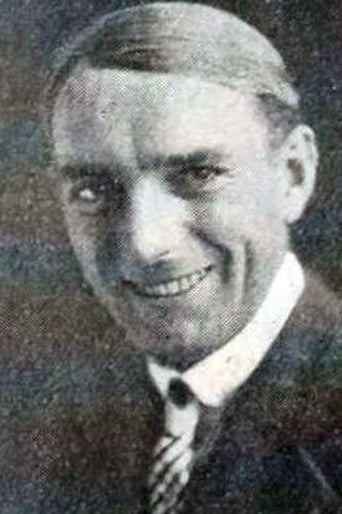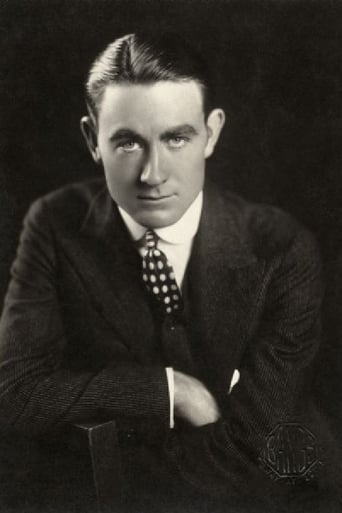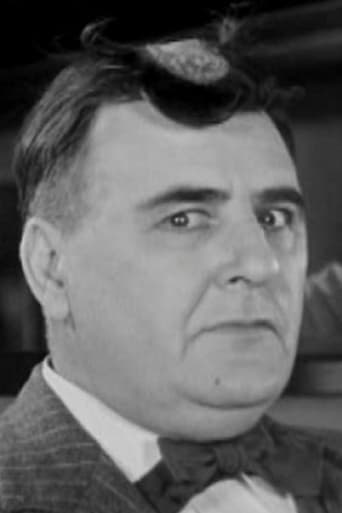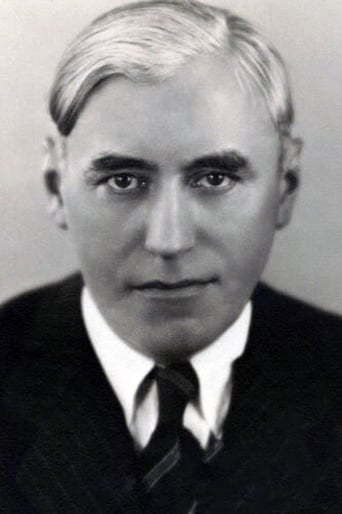Gutsycurene
Fanciful, disturbing, and wildly original, it announces the arrival of a fresh, bold voice in American cinema.
Brainsbell
The story-telling is good with flashbacks.The film is both funny and heartbreaking. You smile in a scene and get a soulcrushing revelation in the next.
Matylda Swan
It is a whirlwind of delight --- attractive actors, stunning couture, spectacular sets and outrageous parties.
Hattie
I didn’t really have many expectations going into the movie (good or bad), but I actually really enjoyed it. I really liked the characters and the banter between them.
kidboots
Back in the very early years of film there were more child performers than any other period in film history. Fan magazines were full of articles where child stars told of their favourite doll or pet. Most children earned $3.50 for appearing in a minor role and for most poor families the money was a godsend. Little Gladys Egan was often in American Biographs and "In the Border States" was her movie all the way.When a foraging Confederate soldier happens on a farm "in the border states" he is helped to water by a small child (Egan) whose prejudices are put aside in her sympathy for the thirsty man. You can see the emotions working on Gladys' face - has she done the right thing etc?? - Union soldiers ask her for assistance and she points them in the wrong direction.Meanwhile her father is sent on a perilous mission (he is a Union officer) and returns home shot - at the same time as the soldier whom Gladys had helped has returned with a group of Confederates looking for the wounded man. This time the soldier is able to return the favour, although at the end Gladys takes a bow as she accepts all the praise. While others were acting their heads off, Gladys and her sister were acting natural and just being themselves. Another standout is the camera work from Billy Bitzer - scenes shot looking down a hill as the rebel soldiers, then the wounded soldier make their way up the grassy slope almost into the camera lens.
Devotchka
In the Border States is a short Griffith movie with all the standard melodrama typical of the era in which it was filmed. Enjoyable particularly for its portrayal of the human side of war. Father leaves to fight for the Union and while he is away, his younger daughter meets a Confederate soldier who begs for water. Though reluctant to help him, she moves aside and allows him access to her water bucket, then protects him from Union soldiers as he hides in the well. Her father, meanwhile, injured on a dangerous mission, stumbles home with the Confederate army chasing him. His daughters drag him inside and hide him in the bedroom. An enemy soldier bursts in, and lo and behold, it's the very man the youngest daughter helped earlier. She bravely reminds him of this fact and so he hides her father from the other Confederate soldiers that rush in a few moments later. In the Border States has nothing really unexpected to offer, but it's enjoyable particularly for film and history buffs.
aimless-46
"In the Border States" is one of D.W. Griffith's Civil War shorts. Although filmed in the wilds of New Jersey (Delaware Water Gap), from the title the likely intended setting is western Maryland, West Virginia, or eastern Kentucky. A border state would have sent units to both armies but this short features the home of a departing union soldier. Shortly after he leaves with his regiment an unarmed Condederate arrives at the soldier's house and his youngest daughter (played by Gladys Egan-Mary Pickford has a smaller part as the older daughter) hides him from a Yankee patrol. He tries to kiss her in appreciation but the little girl is too patriotic to allow this. A few days later her wounded father stumbles home pursued by a Confederate patrol. The Confederate she saved is detailed to search the house and he returns the favor by not turning in her father. The little girl again refuses his kiss but they compromise and salute each other.This is a cute little home front story in the standard silent film style of acting, much more like stage acting than acting for the camera. Some of the scenes are captioned but it is largely unnecessary because you can follow the pantomime without any trouble. Griffith inserts a couple of then revolutionary edits (match cuts) into the film, as actors are going though a door and then coming into the room on the other side. Watch for one of the first continuity problems ever, as a solder with two chevrons on his sleeves goes into the house and in the cut to him from inside he is wearing a uniform with no chevrons. Griffith manages to incorporate some nice scenery into a couple exterior shots that are staged to take advantage of the scenic background. Then again, what do I know? I'm only a child.
Snow Leopard
This is an excellent short drama that leaves a memorable impression of the human side of war, and that makes good points about the conflict between the perceived duty to one's nation and one's higher duty to humanity. The story is about a father who leaves to fight for the Union in the Civil War, while in his absence his family also gets caught up in the terrors of the war. The plot is interesting, eventful, and thought-provoking. Given what the war was like "In The Border States", it is also quite plausible.Methods of filming at the time were very limited, with each scene using a completely fixed camera field of vision, in which all the actors had to stay for the duration of the scene. Griffith makes up for that at times with some nicely planned shots. There is a good one when the father heads off to join his unit, showing part of the town and its townspeople in the background. There is another good one later, showing a sentry on a hill with a nice view of a river beneath the hill.This is a fine film to take a look at for those interested in the history of these very old movies.



